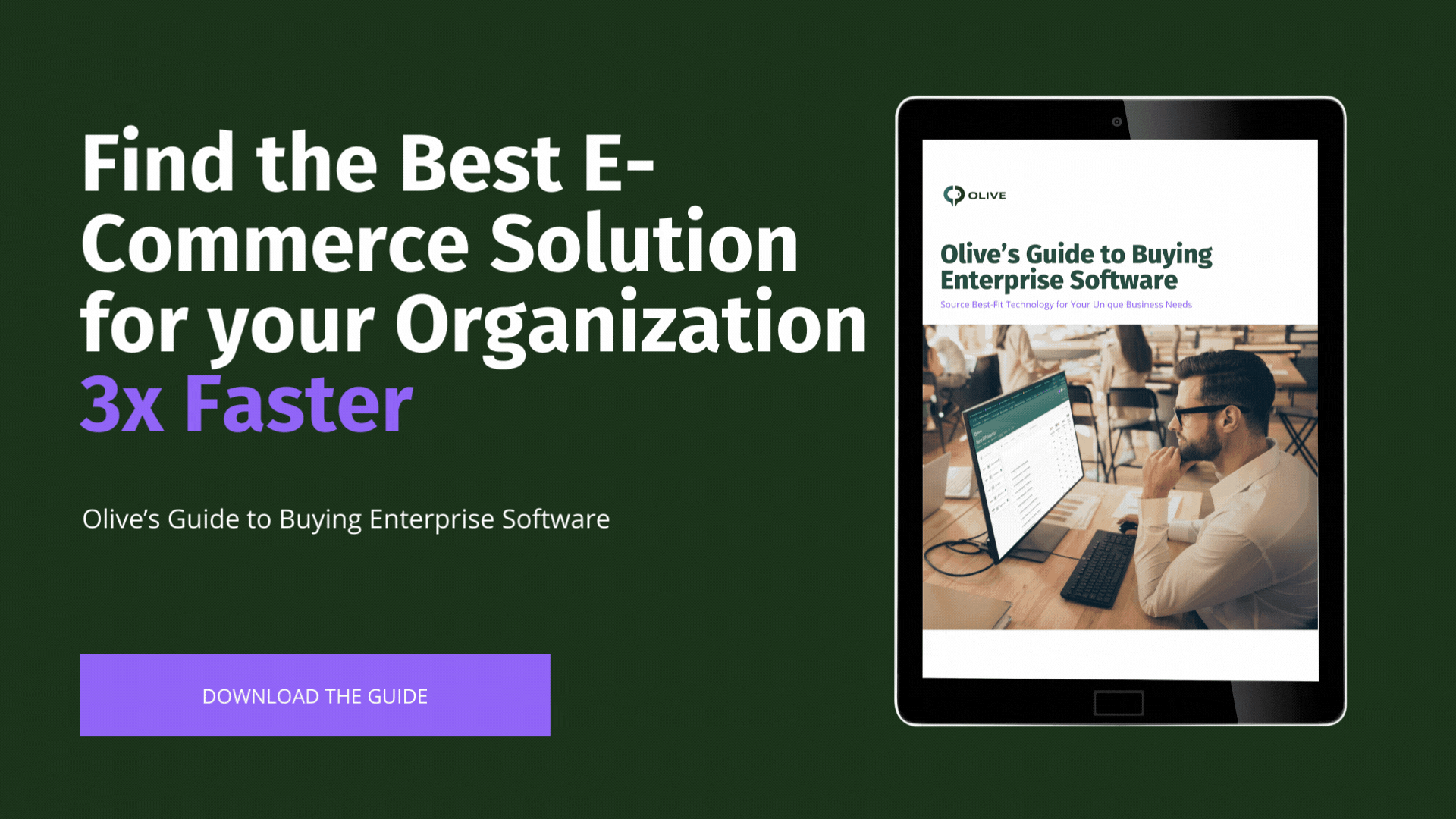E-Commerce Innovation and Trends in 2024
In the ever-evolving world of e-commerce, innovation is the key to staying ahead of the curve and delivering exceptional shopping experiences to customers. From AI artificial intelligence and personalization to seamless payment solutions and immersive technologies, businesses are continuously exploring new avenues to enhance the e-commerce landscape. In this post, we will delve into the trends innovating e-commerce and explore how forward-thinking strategies can revolutionize the digital shopping experience.
1. Embracing AI-Powered Personalization
One of the most significant advancements in e-commerce is the integration of artificial intelligence (AI) for personalized shopping experiences. AI algorithms analyze customer behavior, preferences, and past purchases to offer tailored product recommendations and personalized marketing campaigns. By leveraging AI, e-commerce businesses can create customized experiences that resonate with customers, increasing engagement and conversion rates.
Advantages of AI-Powered Personalization
Deeper Insights: AI mines and reads vast volumes of data, enabling brands to access deeper insights for better-personalized customer journeys.
Improved Ad Targeting: AI enhances ad targeting, leading to more effective ads that reduce marketing spend and increase revenue.
Smarter Product Recommendations: AI generates intelligent, personalized recommendations, resulting in higher upsell revenues by suggesting products that complement customers’ current purchases.
Enhanced Customer Support: AI-powered chatbots go beyond scripted responses, utilizing NLP, sentiment analysis, and other AI techniques to provide shoppers with a superior customer support experience.
Better Search Experience: AI understands human language nuances, delivering relevant search results even when customers don’t type exact keywords.
Valuable Customer Data: AI provides important customer data, helping brands refine their offers and processes, address customer pain points, and deliver optimal customer experiences.
2. Buy Now Pay Later (BNPL)
Buy Now Pay Later (BNPL) is a convenient payment option that enables customers to make online and in-store purchases without paying the full amount upfront. The market’s expansion is driven by factors like digitalization, increased merchant adoption, the growing popularity among younger consumers, and the emergence of new lending players offering BNPL services. Younger consumers particularly favor BNPL services due to the advantages it offers, such as purchasing expensive laptops and smartphones or paying for stationery products in installments.
In 2022, the worldwide market size for buy now pay later reached USD 6.13 billion, and it is projected to exhibit a compound annual growth rate (CAGR) of 26.1% from 2023 to 2030. The total value of global buy now pay later transactions exceeded USD 200 billion in 2022.
3. Augmented Reality (AR) and Virtual Reality (VR)
Immersive technologies like AR and VR have the potential to revolutionize e-commerce by providing interactive and engaging shopping experiences. AR allows customers to visualize products in real-world environments, enabling them to make informed purchasing decisions. VR takes it a step further by creating virtual shopping environments where customers can browse and interact with products in a highly immersive manner. These technologies provide a unique and unforgettable shopping journey, boosting customer satisfaction and reducing returns.
Depending on the industry AR and VR can be useful. In the Automotive industry for example, BMW has taken a step forward with its i Visualizer app. By incorporating AR technology, customers can now witness and personalize their cars in real-time. 
4. Streamlining the Supply Chain with Blockchain
Blockchain technology offers a promising solution to streamline the e-commerce supply chain. Its decentralized and transparent nature enables secure and efficient tracking of products from manufacturing to delivery. With blockchain, businesses can enhance supply chain visibility, reduce fraud, and build trust among customers by ensuring the authenticity and traceability of products.
5. Voice Commerce and Conversational AI
Voice assistants and conversational AI have emerged as significant trends in e-commerce innovation. Voice commerce allows customers to place orders, make inquiries, and receive personalized recommendations using voice commands. By integrating voice commerce capabilities into their platforms, businesses can provide a convenient and hands-free shopping experience, catering to the growing popularity of voice-enabled devices.
Sourcing Innovative E-Commerce Solutions
E-commerce innovation is the driving force behind the evolution of retail, offering new possibilities and transforming the digital shopping landscape. Embracing technologies such as AI, AR, VR, blockchain, and voice commerce opens up a world of opportunities for businesses to enhance customer experiences, optimize operations, and drive growth. As the e-commerce ecosystem continues to evolve, staying at the forefront of innovation is crucial for businesses to thrive in the competitive market and deliver exceptional value to their customers.

Compare E-Commerce Software Solutions to your Business needs in Olive
Olive’s AI-powered platform helps ensure innovative e-commerce practices by streamlining software selection. With Olive, you can prioritize business needs, leverage AI-driven evaluations, and access tailored solutions. By reducing evaluation time to six weeks and eliminating vendor influence, Olive enables you to swiftly embrace Innovative E-Commerce technologies and make unbiased decisions. Stay ahead in e-commerce with Olive’s efficient and objective approach to software selection.






